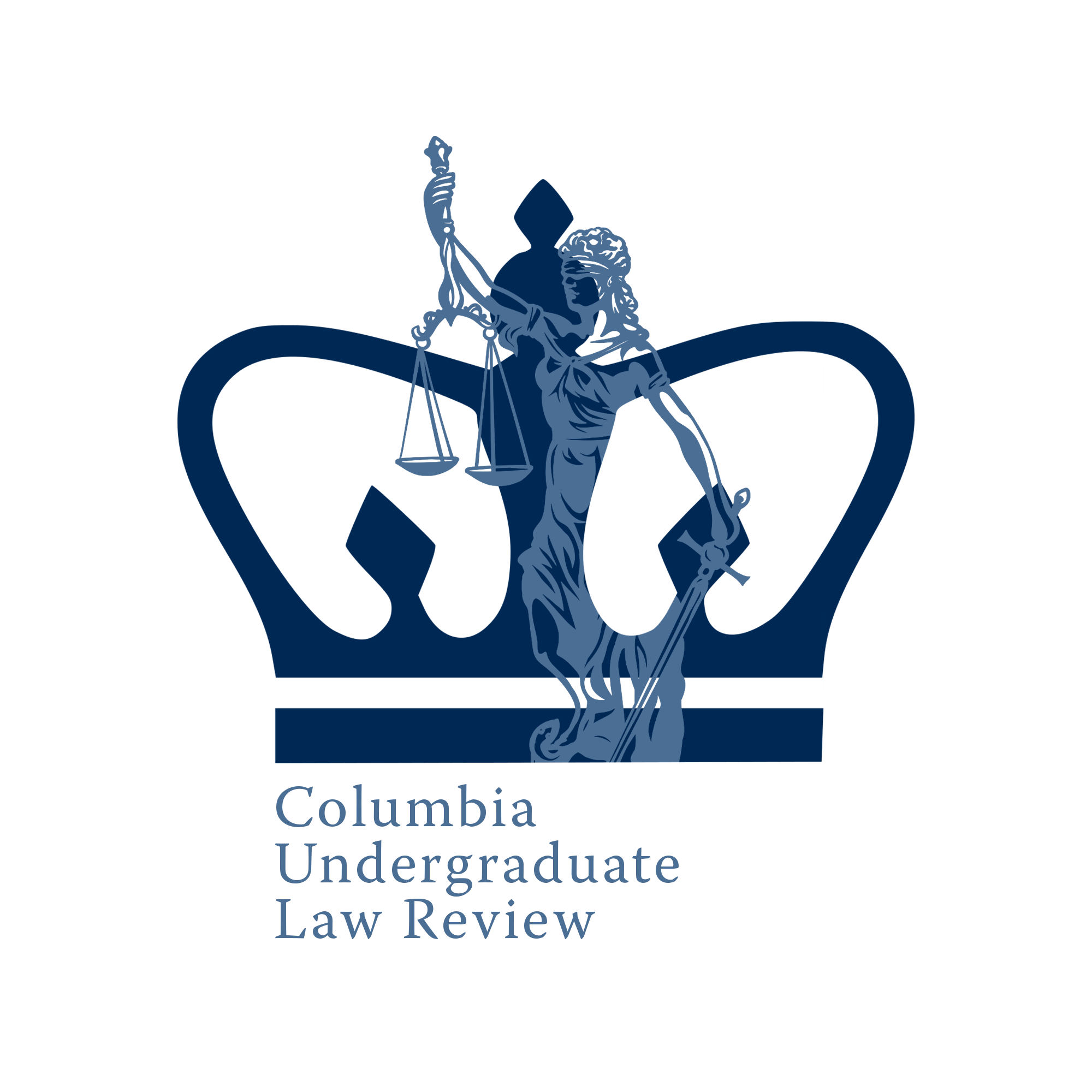Financial markets rely heavily on public trust and regulatory credibility. As these markets evolved, enforcement mechanisms once viewed as heavy handed came to be widely recognized as essential to preserving transparency and stability. One such mechanism is the Securities and Exchange Commission’s (SEC) long standing gag rule. The rule bars defendants who choose to settle an enforcement action from later publicly denying the allegations they resolved. The provision has existed since the 1970s and gained renewed constitutional significance in Powell v. Securities and Exchange Commission (2025), where the Ninth Circuit upheld its legality. The court emphasized a foundational principle of constitutional law by noting that, in proper circumstances, constitutional rights may be knowingly and voluntarily waived. This reaffirmed the constitutionality of limited and voluntary speech restrictions within settlement agreements. The ruling preserved the enforcement tool for the SEC and offered a broader point of reference for waiver doctrine across the administrative state.
Read MoreSection 706 of the Administrative Procedure Act (APA) governs judicial review of agency action. Section 706(2)(A) of the APA instructs the reviewing court to “hold unlawful and set aside” agency action found to be “arbitrary, capricious, an abuse of discretion, or otherwise not in accordance with law.” Agency action is likely arbitrary and capricious, the Supreme Court has held, if the agency “relied on factors which Congress has not intended it to consider, entirely failed to consider an important aspect of the problem, offered an explanation for its decision that runs counter to the the evidence before the agency, or is so implausible that it could not be ascribed to a difference in view or the product of agency expertise.” This analysis, known as the “hard look” doctrine, requires that agency action be “reasonable and reasonably explained.”
Read MoreUntil this year, jaywalking was illegal in New York City. Yet, it would be quite a challenge to find a New Yorker who never jaywalked before 2025. While low-level offenses like jaywalking or littering can be cause for arrest, police officers typically exercise personal discretion in deciding whether to pursue such cases. As affirmed by Justice Gorsuch in Nieves v. Bartlett, “no one doubts that officers regularly choose against making arrests, especially for minor crimes, even when they possess probable cause [for arrest].” This subjective arrest standard can allow for the infiltration of personal bias into arrestmaking decisions. In these cases, someone may face arrest not solely because of their illegal conduct, but because of their expression. For example, a police officer who typically does not arrest for jaywalking may be incentivized to arrest a jaywalking civilian wearing a political slogan that the officer disagrees with.
Read MoreIn 2024, the nation’s first publicly funded religious charter school was established. With the Oklahoma Statewide Virtual Charter School Board’s approval of the St. Isidore of Seville Catholic Virtual School, a legal debate emerged over the constitutionality of religious charter schools. This legal debate culminated in Oklahoma Statewide Charter School Board v. Drummond, where the Oklahoma Supreme Court held that authorizing a religious charter violated both the state constitution and the Establishment Clause of the First Amendment. The judgement of the Supreme Court of Oklahoma was affirmed by an equally divided Supreme Court (Justice Amy Coney recused herself from the vote), leaving the constitutional question unresolved nationwide.
Read MoreWhen Internet searches return wildly inaccurate or defamatory results generated by artificial intelligence (AI), who should hold the blame for the damage done to the subjects’ reputations? Decisions resulting from recent and ongoing defamation lawsuits concerning AI, such as Battle v. Microsoft Corp. and Walters v. OpenAI, indicate severe oversight regarding the potential severity of damages caused by AI hallucinations to the reputations of both private individuals and public figures. In order to better protect such individuals from future harm and encourage AI developers to resolve such errors in AI-generated content, new standards must be created to establish proof of fault beyond negligence and actual malice. AI models’ lack of legal personhood demands the creation of a hybrid standard of liability, in which developers may be held at fault for the use of unreliable sources in training AI models and the distribution of false information through their products.
Read MoreDuring his first candidacy for President of the United States, Donald Trump came into office with a bold promise: to build a wall along the southern border of the United States. His promise was a physical manifestation of an issue central to his campaign, one of increasing border security and crackdowns on immigration into the country. Yet, the fencing, satellite lighting, watchtowers, and other surveillance infrastructure of the border have posed a risk to the surrounding ecosystems and local species. In his second term, Trump has increasingly focused on retribution towards those who have already immigrated to the U.S. As part of his plan for immigration control, Trump has deported over 500,000 immigrants from the United States, housing many of them in immigration detention centers. Often, though, these centers are built in vulnerable ecosystems, which are harmed by the new constructions.
Read MoreWhen the Racketeer Influenced and Corrupt Organizations Act (RICO) was first signed into law in 1970, its intended use was to prosecute entire organized crime groups engaged in a pattern of criminal behavior. More recently, however, in Municipality of Bayamón v. Exxon Mobil Corporation (2025), a coalition of Puerto Rican municipalities invoked RICO to sue major fossil fuel companies in the U.S. District Court for the District of Puerto Rico for their role in intensifying the damages caused by Hurricanes Irma and Maria in 2017. They alleged that the fossil fuel companies conspired through industry fronts to deceive the public about the dangers of their products and the severity of climate change, thereby exacerbating the hurricanes that devastated the island. Although the court ultimately dismissed the case as time-barred under RICO’s four-year statute of limitations, the ruling still raises important questions about if RICO could ever succeed in a climate context. Absent the procedural dismissal, the facts and governing law suggest the case would likely have failed on the merits, as the risks of climate change, and the defendants’ role in it were already widely known to the public.
Read MoreIn the last two years of rapid changes in technology and U.S. politics, the circumstances in which the government and law enforcement may access personal digital data have risen to the national spotlight and prompted privacy concerns. This is exemplified by the case United States v. Chatrie (4th Cir. 2024). United States v. Chatrie ruled that a geofence warrant was not a Fourth Amendment search. The case is currently awaiting approval for escalation to the Supreme Court. The Fourth Amendment protects the right to privacy by outlawing unreasonable searches of an individual and their effects, and requiring probable cause and particularity for legal search warrants. Geofence warrants, which authorize the combing of location data for all mobile devices within a specific geographical and temporal frame, are particularly liable to infringing on privacy rights. Thus, geofences should fall under the purview of the Fourth Amendment. Based on United States v. Carpenter (2018) and United States v. Smith (5th Cir. 2024), Chatrie’s ruling is unconstitutional under the Fourth Amendment. The risks of reliance on geofence warrants as deregulated technology risks warrant abuses and extreme violations of privacy; they should, therefore, be outlawed under the Fourth Amendment.
Read MoreAs one of his first executive orders since returning to the White House, President Trump decided to roll back diversity, equity, and inclusion (DEI) programs, a move that jeopardizes critical disability access nationwide. On January 20, 2025, promptly after his inauguration, Trump issued Executive Order 14151, which aims to end “wasteful” government DEI programs, including the suspension of federal funding and grants for students with disabilities in the United States Education System. He halted funding and grants for school district programs across America, such as the Oregon DeafBlind Project and the Wisconsin Deafblind Technical Assistance Project, stripping vital resources from deaf and blind individuals who depend on these services. Trump’s Executive Order rebukes Executive Order 13985 issued by his predecessor, President Joe Biden, which pushed for advanced equity for all, “including people of color and others who have been historically underserved, marginalized, and adversely affected by poverty and inequality.” Not even 24 hours after regaining office, President Trump abruptly cut essential funding and grants for disability organizations and educational institutes, infringing on the legal rights of disabled individuals under the Individuals with Disabilities Education Act and the Americans with Disabilities Act.
Read More








